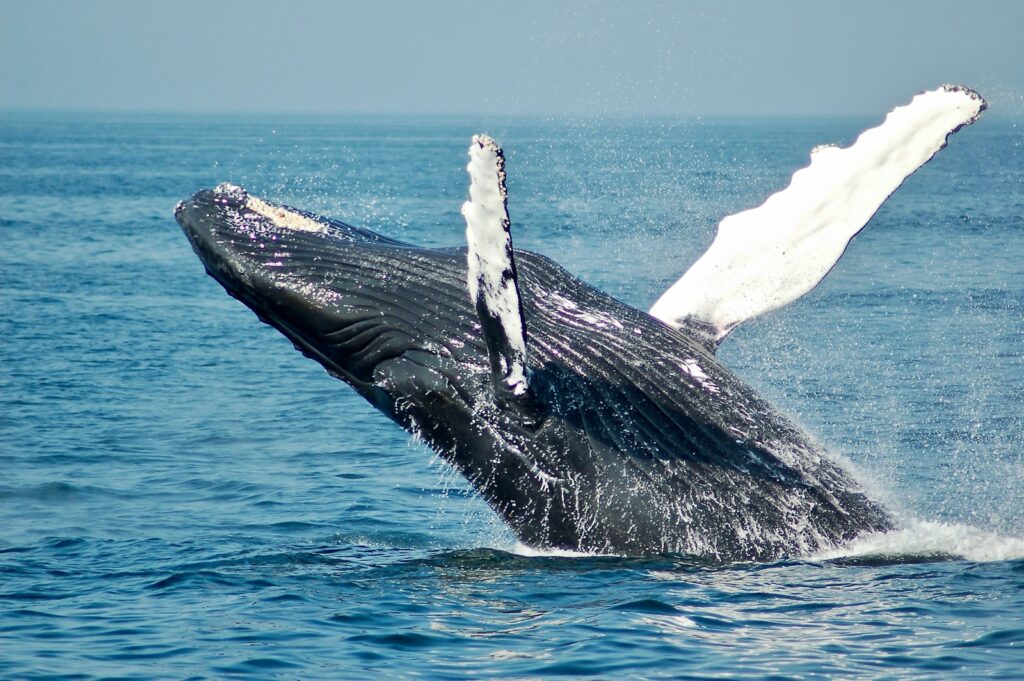The evolutionary journey of whales—from land-dwelling mammals to ocean giants—stands as one of the most remarkable transformations in natural history. Today’s cetaceans evolved from terrestrial ancestors over millions of years, developing specialized adaptations for aquatic life. But what if the asteroid impact that wiped out non-avian dinosaurs 66 million years ago had never happened? Could some dinosaur lineages have potentially followed a similar evolutionary path to the oceans? This fascinating counterfactual question intersects paleontology, evolutionary biology, and speculative science, offering a window into evolutionary pathways that might have been.
The Actual Evolutionary Path of Whales
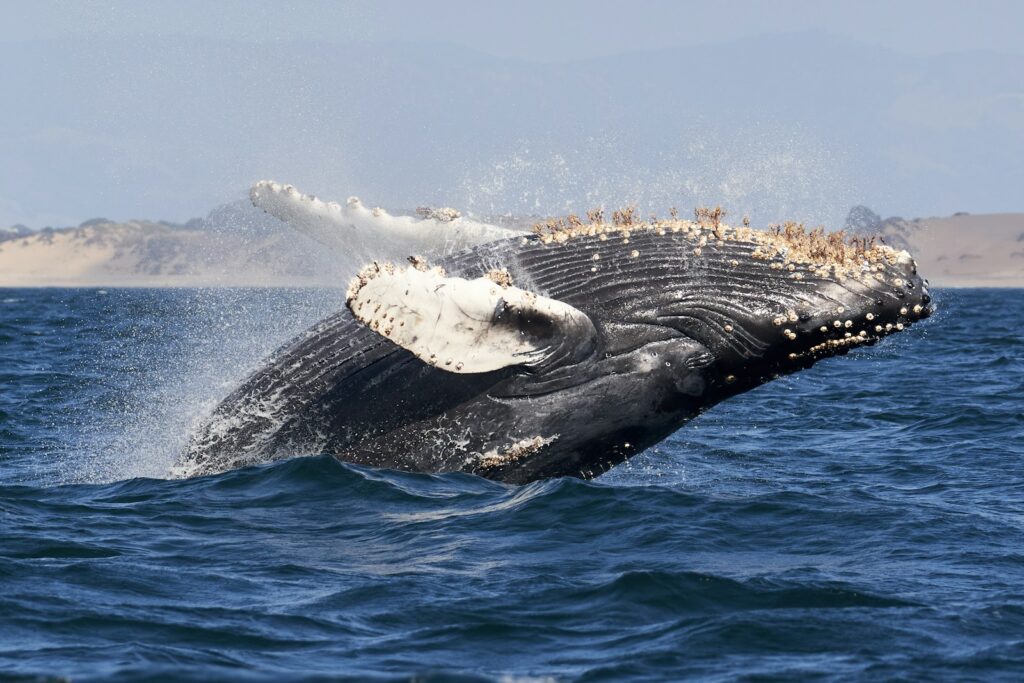
Modern whales evolved from terrestrial artiodactyls—the group that includes hippos, deer, and cattle—beginning around 50 million years ago. This transformation from land to sea is exceptionally well-documented in the fossil record, with transitional forms like Ambulocetus (the “walking whale”) and Basilosaurus revealing gradual adaptations to aquatic life. The shift included developing streamlined bodies, moving nostrils to the top of the head (forming blowholes), loss of hind limbs, and evolution of tail flukes and flippers. This mammalian transition to marine life occurred after the dinosaur extinction, when ecological niches in marine environments became available to mammalian colonization. The whale’s evolutionary story demonstrates that radical habitat transitions are possible given sufficient time and selective pressures.
Understanding Dinosaur Diversity and Adaptability

Dinosaurs dominated terrestrial ecosystems for over 160 million years, evolving into a remarkable variety of forms. From the massive sauropods to the agile theropods, dinosaurs demonstrated exceptional adaptability across numerous ecological niches. Their adaptive radiation produced flying forms (which evolved into birds), armored herbivores, swift bipedal predators, and numerous specialized lineages. This proven adaptability suggests that, given continued evolutionary time, dinosaurs might have explored even more diverse ecological opportunities. Significantly, while dinosaurs conquered land and air, no dinosaur lineage fully transitioned to aquatic life in the manner of whales, though some groups did show adaptations for semi-aquatic lifestyles. This existing diversity provides the foundation for considering whether a marine transition could have been possible.
Semi-Aquatic Dinosaurs: The Starting Point
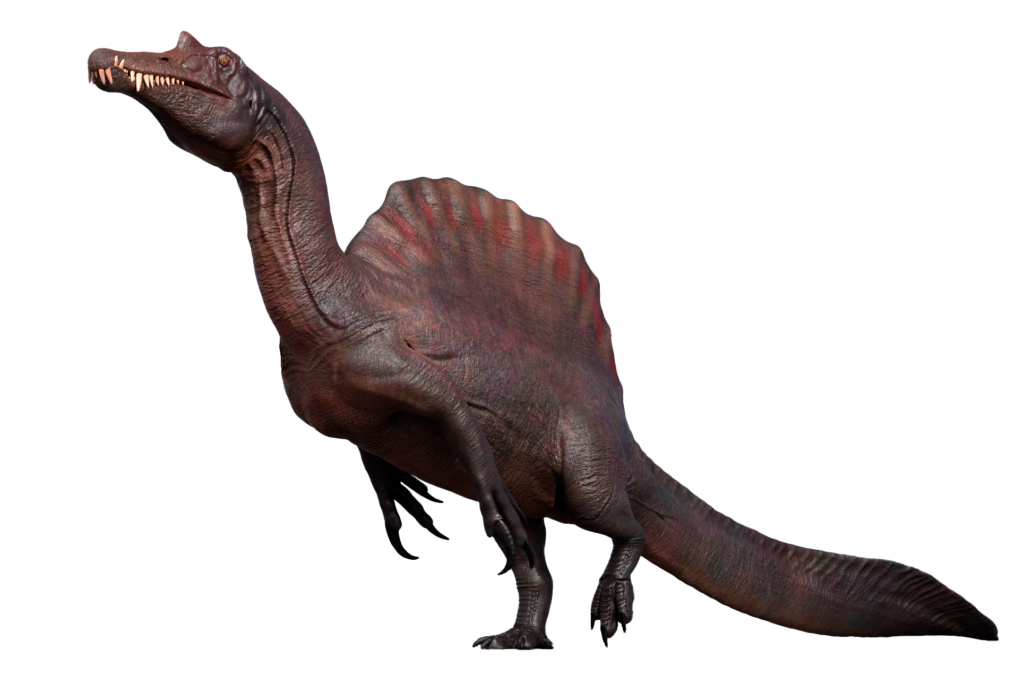
Several dinosaur lineages had already begun developing adaptations for semi-aquatic lifestyles before the extinction event. Spinosaurus, with its elongated snout, dense bones for buoyancy control, and possible paddle-like tail, represents the most aquatically adapted known dinosaur. Recent research suggests Spinosaurus could swim effectively and likely hunted fish in rivers and coastal environments. Other theropods like Baryonyx and Suchomimus also showed adaptations for fishing and semi-aquatic habits. Among herbivorous dinosaurs, some hadrosaurs (duck-billed dinosaurs) appear to have been competent swimmers. These examples demonstrate that dinosaurs had already begun experimenting with water-based lifestyles, potentially providing evolutionary starting points for more complete aquatic transitions had they continued evolving.
Physiological Hurdles to Ocean Life

Transitioning from land to a fully marine existence presents numerous physiological challenges that any dinosaur lineage would have needed to overcome. Salt balance regulation, breathing mechanics, pressure tolerance, and temperature regulation all require significant adaptations in marine vertebrates. Mammals like whales evolved specialized kidneys to manage salt, a blowhole breathing system, collapsible lungs and ribcages to handle pressure, and blubber for insulation. Dinosaurs had different baseline physiologies than mammals, with many possessing bird-like respiratory systems with air sacs extending throughout their bodies. This unique respiratory system might have complicated deep diving adaptations, requiring different evolutionary solutions than those developed by mammals. Additionally, the question of thermoregulation—whether various dinosaur lineages were ectothermic, endothermic, or something in between—would have influenced potential adaptations to marine environments.
Spinosaurids: The Most Likely Candidates

Among all dinosaur groups, spinosaurids stand out as the most promising candidates for potential whale-like evolution. These specialized theropods had already developed numerous aquatic adaptations, including crocodile-like skulls, conical teeth ideal for catching fish, and dense bones that would have aided in buoyancy control. Recent discoveries about Spinosaurus’s tail morphology suggest it had evolved a fin-like structure that would have made it a powerful swimmer. These adaptations indicate spinosaurids were already experiencing strong selective pressures favoring aquatic specialization. Had the K-Pg extinction event not occurred, continued selection might have pushed these dinosaurs toward increasingly marine lifestyles over millions of years. Their starting point of semi-aquatic adaptations parallels the early stages of whale evolution, where ancestral forms like Pakicetus show the beginnings of aquatic specialization while retaining terrestrial capabilities.
The Evolutionary Timeframe Question

The evolution of fully marine lifestyles requires substantial time for adaptations to develop through natural selection. Whales evolved from terrestrial ancestors to fully aquatic forms over approximately 10 million years—an extremely rapid transition in evolutionary terms. The asteroid impact occurred 66 million years ago, meaning that if dinosaurs had survived, they would have had sufficient time for similar radical transitions to occur. The Cenozoic Era (our current geological era) has spanned 66 million years, during which mammals diversified into countless forms, including fully aquatic whales and sirenians. This timeframe would likely have been sufficient for specialized semi-aquatic dinosaur lineages to evolve significant marine adaptations had they survived. Evolutionary rates can vary substantially depending on selection pressures, but given examples of other terrestrial-to-marine transitions, the time available would not have been a limiting factor.
Ecological Niches and Competitive Pressures

Evolutionary trajectories are strongly influenced by available ecological niches and competitive pressures. In our actual history, the extinction of marine reptiles like mosasaurs and plesiosaurs during the K-Pg event left marine predator niches vacant, which mammals eventually filled. Had dinosaurs survived, competition for these niches would have been different. Semi-aquatic dinosaurs might have faced competition from surviving marine reptiles or been uniquely positioned to exploit these opportunities themselves. The existence of large marine predator niches would have created selective pressure favoring adaptations for more efficient marine hunting and movement. Ecological opportunity plays a crucial role in major evolutionary transitions, and the post-K-Pg oceans offered precisely such opportunities. Whether dinosaurs or mammals would have been more successful in exploiting these niches would have depended on their respective starting adaptations and evolutionary plasticity.
Comparing Dinosaur and Mammal Starting Points

When considering the potential for marine evolution, the starting physiological and anatomical traits of dinosaurs versus early cetacean ancestors provide important context. Early whale ancestors were likely similar to modern hippos—already semi-aquatic mammals with adaptations for spending time in water. These mammals had limbs that could be modified into flippers, lungs that could evolve pressure tolerance, and body systems adaptable to marine conditions. Dinosaurs, particularly theropods like spinosaurids, would have started with different advantages and constraints. Their bipedal stance, hollow bones (in many lineages), and different respiratory systems would have required different evolutionary pathways to marine life. Interestingly, therapods’ powerful hind limbs could potentially have evolved into tail flukes through similar processes that transformed mammalian hind limbs, though the specific anatomical pathway would have differed. These different starting points would have led to convergent yet distinct marine adaptations.
Alternative Evolutionary Pathways
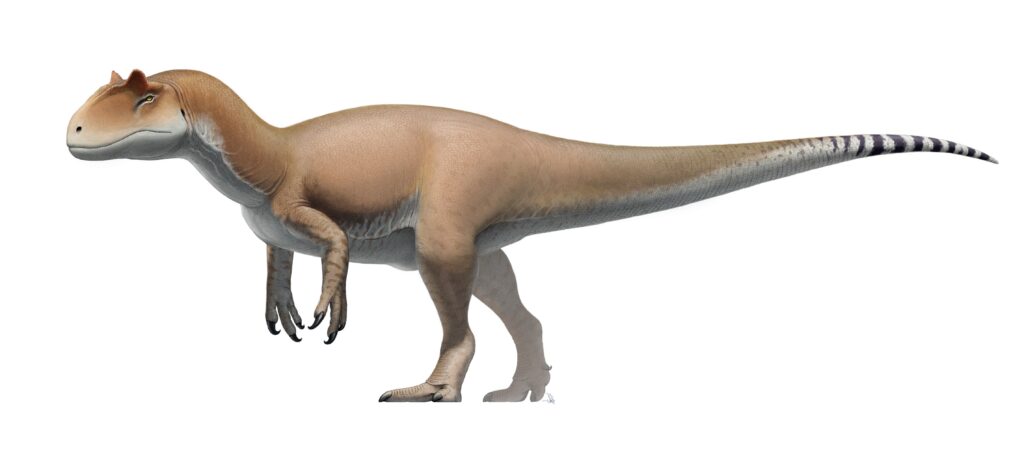
Rather than precisely mirroring whale evolution, dinosaurs transitioning to marine life would likely have followed unique evolutionary pathways based on their distinct starting anatomies. Theropod dinosaurs already had reduced forelimbs, suggesting a marine form might have developed flippers from forelimbs while using modified hind limbs and tails for propulsion—a configuration different from the whale body plan. The air sac system present in many dinosaurs might have evolved into specialized buoyancy control mechanisms unlike anything in modern marine mammals. Some paleontologists have suggested that spinosaurid evolution was already heading toward a crocodile-like semi-aquatic predator niche, which might have eventually produced fully aquatic forms more reminiscent of mosasaurs than whales. These alternative pathways highlight how convergent evolution toward marine lifestyles can produce varied solutions to similar environmental challenges, as seen in the different adaptations of whales, ichthyosaurs, and mosasaurs.
Evidence From Other Marine Reptile Transitions

The fossil record documents multiple independent transitions from terrestrial to marine lifestyles among reptiles, providing valuable comparisons for possible dinosaur transitions. Ichthyosaurs evolved from terrestrial diapsid reptiles into dolphin-like marine predators. Mosasaurs, descended from monitor lizard-like ancestors, became dominant marine predators with paddle-like limbs and powerful swimming tails. Plesiosaurs represent yet another independent marine adaptation with unique four-flipper propulsion systems. These multiple reptilian transitions to marine life demonstrate that vertebrates with reptilian physiologies can successfully adapt to fully marine existence through different evolutionary pathways. Each of these groups evolved convergent features with marine mammals (streamlined bodies, limbs modified into flippers), while retaining distinctive characteristics based on their ancestral starting points. These historical examples strengthen the case that dinosaur lineages could have potentially made similar transitions given suitable selective pressures and sufficient time.
Potential Forms of Marine Dinosaurs

Had spinosaurids or other dinosaur lineages evolved toward fully marine lifestyles, their forms would likely have shown both convergent adaptations with other marine vertebrates and unique features reflecting their dinosaurian heritage. A fully marine spinosaurid might have developed a more hydrodynamic body, with the tall neural spines perhaps evolving into a dorsal stabilizing fin or reduced entirely. Their already elongated skulls might have become more streamlined, while retaining the specialized fish-catching dentition. Forelimbs could have evolved into flipper-like structures for steering and stability, while powerful hind limbs might have either been reduced (as in whales) or modified for swimming. Air sacs might have evolved specialized functions for diving, potentially giving these hypothetical marine dinosaurs different diving capabilities than marine mammals. The resulting creatures might have resembled a hybrid of spinosaurid features with ichthyosaur-like adaptations, creating marine predators unlike any that existed.
The Role of the K-Pg Extinction in Evolutionary History
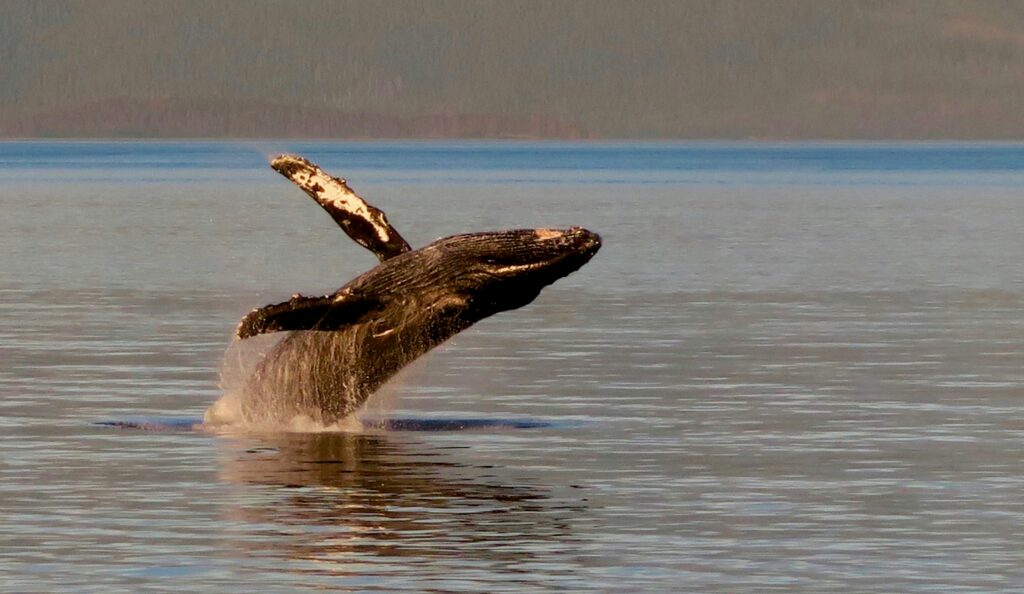
The asteroid impact that triggered the K-Pg extinction event fundamentally redirected Earth’s evolutionary trajectory by eliminating non-avian dinosaurs and creating ecological opportunities for mammals. This event represents a profound example of how contingency shapes evolution—the mammals that eventually evolved into whales might never have had that opportunity had dinosaurs remained dominant. The extinction cleared ecological space that allowed mammals to diversify into numerous niches, including the marine environments that whales would eventually inhabit. While we can speculate about dinosaurian marine evolution, the actual history of life on Earth demonstrates how single events can dramatically alter evolutionary possibilities. The K-Pg extinction serves as a reminder that evolution is not a predetermined path but a process contingent on historical events, environmental changes, and chance. Our whale-filled oceans represent just one possible outcome from countless evolutionary scenarios that might have unfolded.
Scientific Speculation Versus Science Fiction
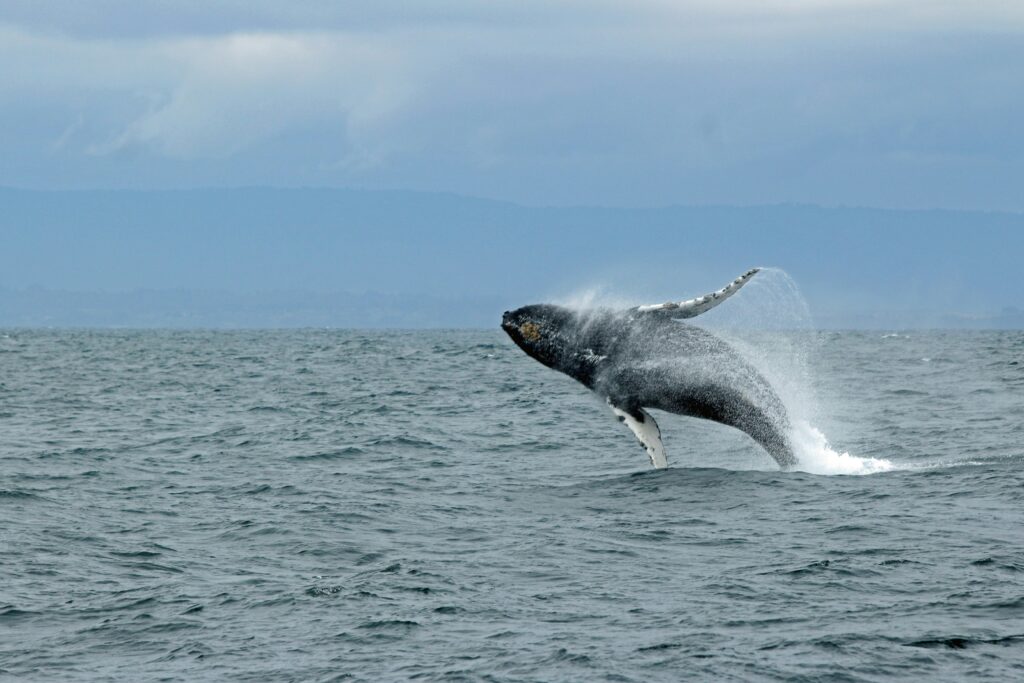
Considering whether dinosaurs could have evolved into whale-like creatures requires balancing scientific speculation with imagination. While such speculation cannot be definitively proven, it can be grounded in evolutionary principles, comparative anatomy, and the fossil record. Scientists can make reasonable inferences based on known evolutionary processes and patterns seen in other terrestrial-to-marine transitions. This type of informed speculation differs from pure science fiction, though it explores similar “what if” scenarios. Paleontologists and evolutionary biologists use such thought experiments to better understand evolutionary constraints, convergent evolution, and the role of contingency in life’s history. Speculative paleontology of this kind helps clarify what we know about actual evolutionary processes by examining counterfactual scenarios. When approached with scientific rigor, these speculations can be valuable teaching tools about evolution, extinction, and adaptation, even while acknowledging their inherent uncertainties.
Exploring the Possibility of Aquatic Dinosaurs

The question of whether dinosaurs could have evolved whale-like marine adaptations had they survived the K-Pg extinction remains fascinating but ultimately unanswerable with certainty. Evidence suggests some lineages, particularly spinosaurids, had already begun adaptations for semi-aquatic lifestyles that could have potentially led to more complete marine transitions given millions of years of continued evolution. Multiple independent transitions from land to sea throughout vertebrate history demonstrate that such radical habitat shifts are entirely possible through natural selection. While dinosaurian “whales” would have evolved different specific adaptations than mammalian cetaceans due to their different starting anatomies, the fundamental process of adaptation to marine environments would have followed similar principles of natural selection. This evolutionary road not taken reminds us of evolution’s contingent nature and the profound impact of extinction events on life’s history.

